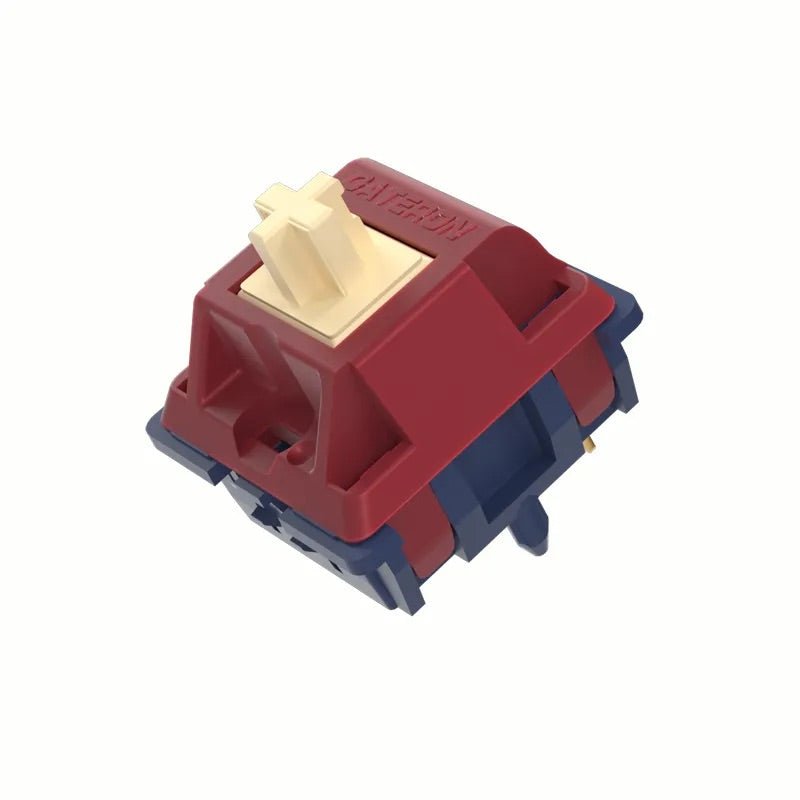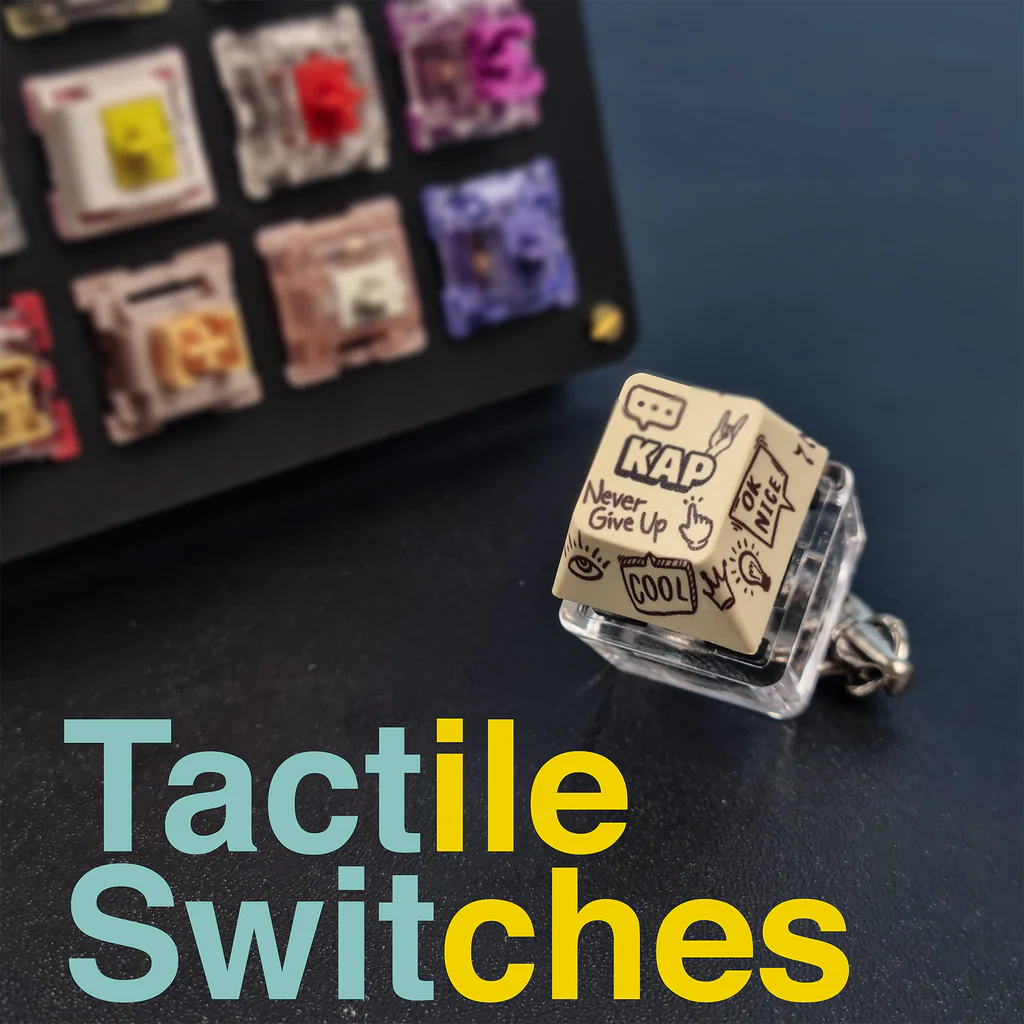Enthusiasts love experimenting with different brands of tactile switches for unique setups.
Understanding the Benefits of Tactile Switches for Boosted Customer Experience
Tactile switches are important to modern interface, offering physical responses that enhances interaction precision and individual contentment. These devices are particularly useful in atmospheres where speed and precision are extremely important, such as in gaming or expert settings. By supplying a distinctive feeling upon activation, responsive switches validate customer inputs without the demand to divert aesthetic interest, simplifying job execution and decreasing mistake rates. This blend of immediate physical action and reliability welcomes additional exploration into their wider ramifications and benefits.
Checking Out the Mechanics of Tactile Changes
To comprehend just how responsive switches improve user experience, it is important to delve right into their auto mechanics. Responsive buttons run via a system that users can really feel and listen to when a key is pressed. This is attained by integrating a little dome or bump within the switch, which creates resistance at a specific point in the keypress pathway. When this point is gone beyond, the resistance paves the way, producing a noticeable 'click.' This physical experience is essential as it supplies prompt physical comments to the individual, verifying that the input has been made without needing to turn on the button entirely.
The building and construction of these switches varies, but usual products include metal for the get in touches with and rubber or silicone for the tactile dome - tactile switches. These elements are engineered to endure countless cycles, making sure toughness and constant efficiency gradually. This integrity makes responsive switches especially preferred in environments that require quick, accurate customer input
How Tactile Responses Improves Precision and Speed
Numerous users find that responsive comments from switches significantly enhances both the accuracy and speed of their communications with devices. The distinctive physical feeling offered when a tactile button is actuated allows customers to verify their input without requiring to verify aesthetically. This verification is crucial in environments where attention is split across numerous jobs, as it guarantees inputs are both deliberate and appropriate.
Moreover, the immediate comments from responsive buttons minimizes the moment taken between actions. Individuals do not have to press tricks multiple times to make certain activation, causing quicker action times. This effectiveness is specifically useful in high-speed keying situations where each millisecond can add to general performance.

Moreover, the improved sensory experience minimizes individual fatigue and boosts engagement, making communications more user-friendly and less susceptible to mistakes - tactile switches. Therefore, responsive switches not only boost the capability of a gadget yet likewise contribute to a more satisfying individual experience
The Duty of Tactile Changes in Gaming Efficiency

Furthermore, responsive switches contribute to much faster response times. The physical sensation verifies the vital press without the need to base out the tricks, enabling quicker inputs and a smoother video gaming experience. This is specifically advantageous in video games that require quick and repetitive keystrokes, where speed is usually as crucial as precision.

Responsive Buttons in Expert Atmospheres
Tactile buttons are similarly transformative in professional settings, where effectiveness and ergonomic design improve productivity. These buttons, typically found in high-precision key-boards, are prized for their receptive feedback - tactile switches.
In settings like control areas or studios, responsive switches are incorporated into tools for their trustworthy performance. They use operators the assurance needed in high-stakes atmospheres, ensuring that every command or modification is executed as meant. This integrity, combined with the tactile action, aids preserve high degrees of concentration and operational performance, essential in keeping workflow and meeting specialist standards.
Comparing Tactile and Non-Tactile Customer User Interfaces
Just how do responsive customer interfaces contrast to their non-tactile equivalents? Responsive user interfaces, such as those with physical buttons or textured surface areas, offer immediate physical feedback through touch.
The option between tactile and non-tactile interfaces usually depends on the application's context and customer demands. As an example, responsive user interfaces are invaluable in situations requiring operation without straight view, such as driving or in particular commercial setups. Alternatively, non-tactile user interfaces can be remarkable in clean or sterile environments where physical switches could harbor pollutants. Each type has its strengths, and the optimal selection boosts individual interaction, guaranteeing efficiency and effectiveness in customer experience.

Final Thought
In check my reference verdict, tactile buttons significantly improve individual experiences by supplying crucial physical feedback. By providing a much more user-friendly and pleasing communication, responsive buttons verify remarkable to get redirected here non-tactile user interfaces, making them a recommended selection for individuals looking for integrity and efficiency in their communications with innovation.